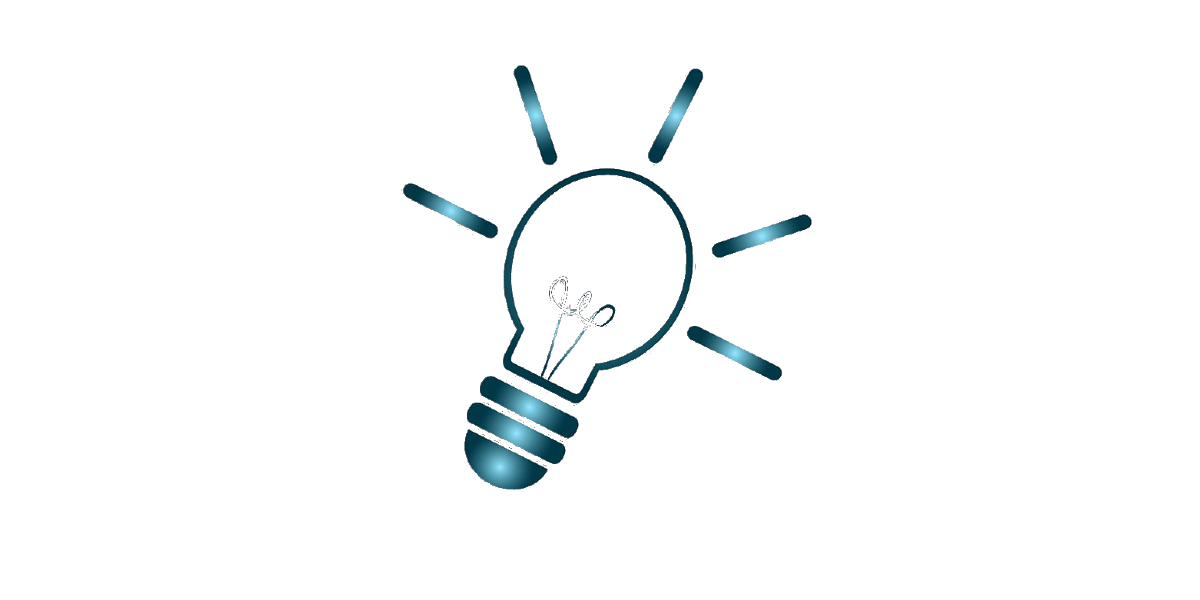
_(2).png)
Learn exams
learnexamsguides@gmail.com
PEDIATRIC PN HESI Speciality Exam(55 Questions & Answers) (NEW-2020/2021, All Correct Answers)Guaranteed A+: Latest 2023:2024
PEDIATRIC PN HESI Speciality Exam(55 Questions & Answers) (NEW-2020/2021, All Correct Answers)Guaranteed A+: Latest 2023:2024
PEDIATRIC PN HESI Speciality Exam
1) A toddler is receiving an infusion of total parenteral nutrition via a Broviac
catheter. As the child plays, the I.V. tubing becomes disconnected from the
catheter. What should the LPN/LVN do first?
a. Turn off the infusion pump.
b. Position the child on the side.
c. Clamp the catheter.
d. Flush the catheter with heparin.
Correct Answer: C. Clamp the catheter.
2) A LPN/LVN is conducting an infant nutrition class for parents. Which
foods are appropriate to introduce during the first year of life? Select all that
apply.
a. Sliced beef
b. Pureed fruits
c. Whole milk
d. Rice cereal
e. Strained vegetables
f. Fruit juice
Correct Answer:
b. Pureed fruits
d. Rice cereal
e. Strained vegetables
3) A mother tells the nurse that her preschool-age daughter with spina bifida
sneezes and gets a rash when playing with brightly colored balloons, and that
recently she had an allergic reaction after eating kiwifruit and bananas. The
LPN/LVN would suspect that the child may have an allergy to:
a. bananas.
b. latex.
c. kiwifruit.
d. color dyes.
Correct Answer: B. latex.
4) A LPN/LVN is developing a plan to teach a mother how to reduce her
infant's risk of developing otitis media. Which direction should the nurse
include in the teaching plan?
a. Administer antibiotics whenever the infant has a cold.
b. Place the infant in an upright position when giving a bottle.
c. Avoid getting the infant's ears wet while bathing or swimming.
d. Clean the infant's external ear canal daily.
Correct Answer: B. Place the infant in an upright position when giving a
bottle.
5) When developing a care plan for an adolescent, the nurse considers the
child's psychosocial needs. During adolescence, psychosocial development
focuses on:
a. becoming industrious.
b. establishing an identity.
c. achieving intimacy.
d. developing initiative.
Correct Answer: B. establishing an identity.
6) A LPN/LVN is planning care for a 10-year-old child in the acute phase of
rheumatic fever. Which activity is most appropriate for the nurse to schedule
in the care plan?
a. Playing ping-pong
b. Reading books
c. Climbing on play equipment in the playroom
d. Ambulating without restrictions
Correct Answer: B. Reading books
7) A LPN/LVN is assessing a severely depressed adolescent. Which finding
indicates a risk of suicide?
a. Excessive talking
b. Excessive sleepiness
c. A history of cocaine use
d. A preoccupation with death
Correct Answer: D. A preoccupation with death
8) A child is admitted with a tentative diagnosis of clinical depression. Which
assessment finding is most significant in confirming this diagnosis?
a. Irritability
b. Sadness
c. Weight gain
d. Fatigue
Correct Answer: B. Sadness
9) A child with iron deficiency anemia is ordered ferrous sulfate (Ferralyn),
an oral iron supplement. When teaching the child and parent how to
administer this preparation, the mother asks why she needs to mix the
supplement with citrus juice. Which response by the nurse is best?
a. "The vitamin C in the citrus juice helps with iron absorption."
b. "Having food and juice in the stomach helps with iron absorption."
c. "The citrus juice counteracts the unpleasant taste of the iron."
d. "There isn't a specific reason for it."
Correct Answer: A. "The vitamin C in the citrus juice helps with iron
absorption."
10) When assessing a child for impetigo, the nurse expects which assessment
findings?
a. Small, brown, benign lesions
b. Honey-colored, crusted lesions
c. Linear, threadlike burrows
d. Circular lesions that clear centrally
Correct Answer: B. Honey-colored, crusted lesions
.png)
.png)